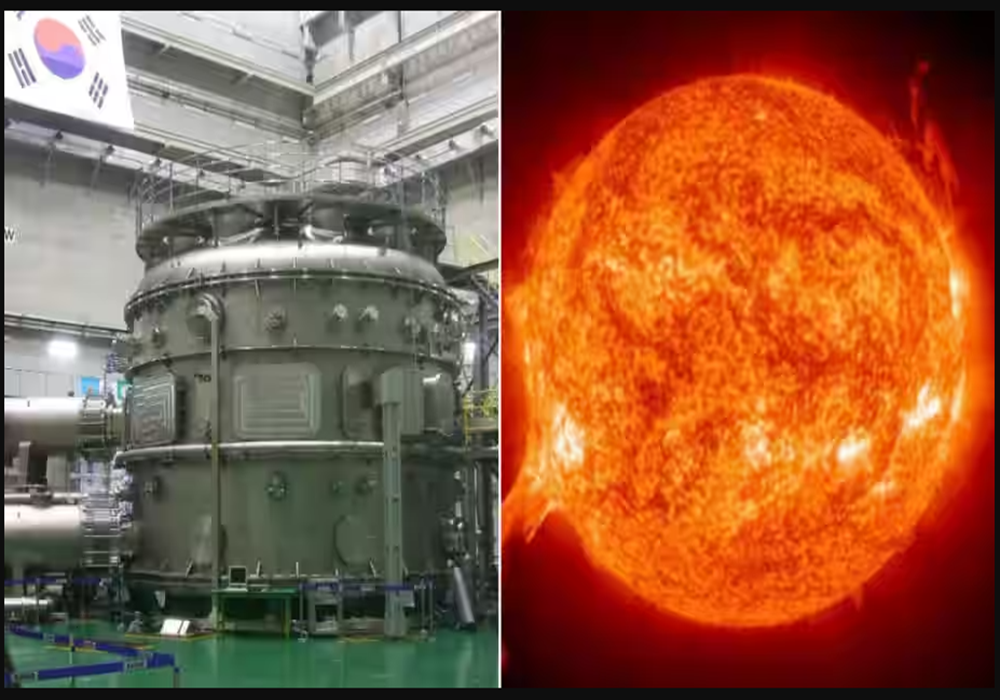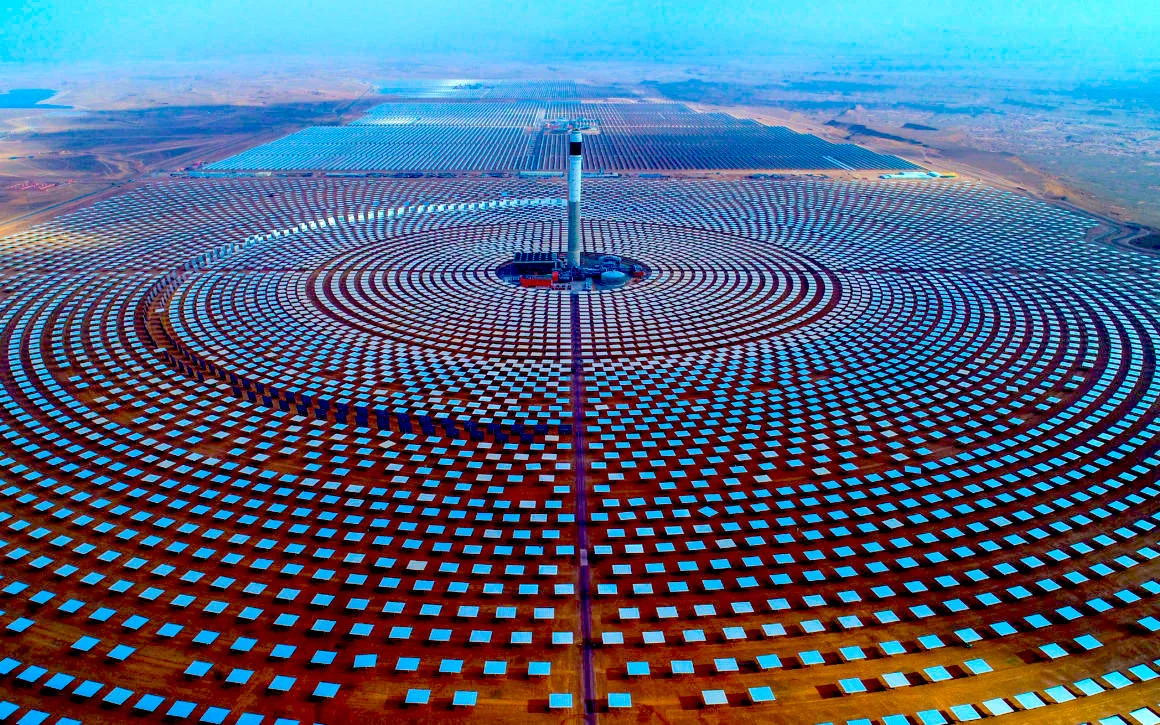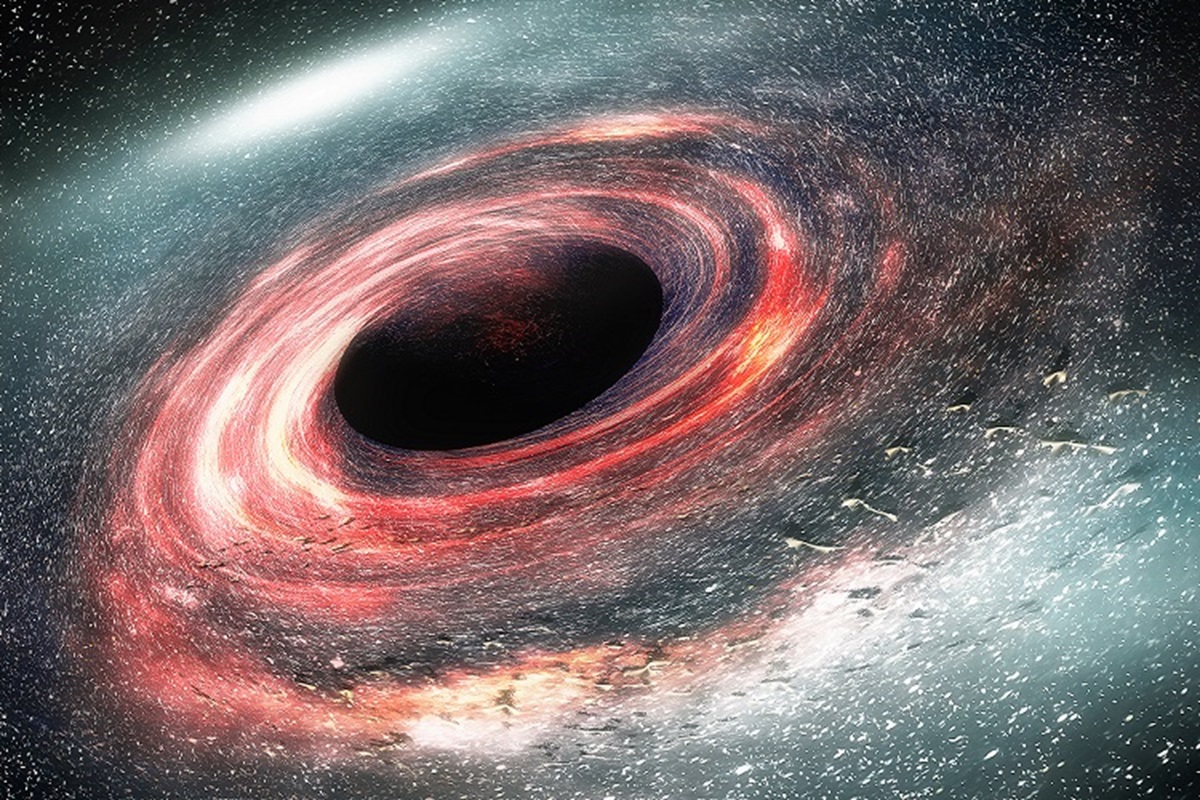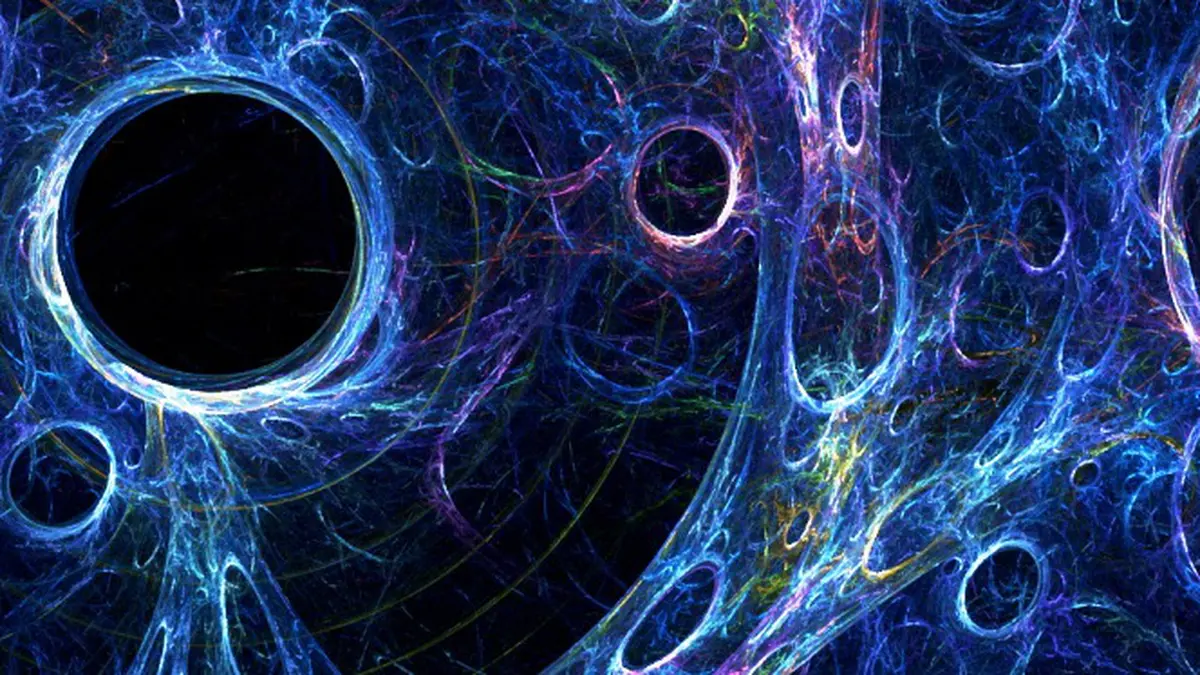In a groundbreaking discovery, researchers have uncovered the potential of harnessing the natural rhythms of plants to generate renewable electricity, opening up a new frontier in the quest for sustainable energy solutions.

The study, conducted by a team of experts at the Indian Institute of Technology (IIT) Kharagpur, has shed light on the intricate relationship between the circadian cycles of plants and their ability to produce electrical currents. By attaching electrodes to water hyacinths and lucky bamboo, the researchers were able to observe the cyclic patterns of electricity generation, directly linked to the plants’ inherent daily rhythms.
“Our eureka moment was when our first experiments showed it is possible to produce electricity in a cyclic rhythm and the precise linkage between this and the plant’s inherent daily rhythm,” explained study co-author Suman Chakraborty.
This discovery holds immense promise for the future of renewable energy, as it taps into the natural power of plants, a resource that has long been overlooked. Unlike fossil fuels, which take millions of years to form, renewable energy sources like solar, wind, and hydropower can be replenished over much shorter timescales. The addition of plant-based electricity generation to the renewable energy mix could further reduce our reliance on carbon-intensive fossil fuels, contributing to the global effort to mitigate climate change.
The researchers attribute this phenomenon to the intricate process of water transpiration and the movement of ions through the plant’s sap ascent. By closely examining the electrical rhythms and measuring the power output, the team has uncovered an all-natural power grid hidden beneath the surface, with the potential to enhance our renewable energy capacity.
While the scale of the output remains uncertain, this discovery aligns with the growing trend of exploring the energy potential of plants. Previous research has explored the use of leaf-shaped generators to harness energy from wind and rain, as well as the capture of electrons released during photosynthesis to power small sensors and lighting.
The integration of plants and renewable energy extends beyond electricity generation. Agrivoltaic farming, where farmland is shared with solar panels, offers mutual benefits, with plants and animals benefiting from the shade provided by the panels, while the plants’ transpiration enhances the efficiency of the solar panels.
Furthermore, the quest to harness the power of plants has extended to the realm of battery technology, with researchers exploring the use of plant extracts to potentially extend the lifespan of zinc-based power cells.
As the world continues to grapple with the pressing challenges of climate change and energy security, the discovery of plants as a renewable energy source represents a promising step towards a more sustainable future. By understanding and harnessing the natural rhythms of plants, we can develop innovative solutions that not only meet our energy needs but also protect the environment.






